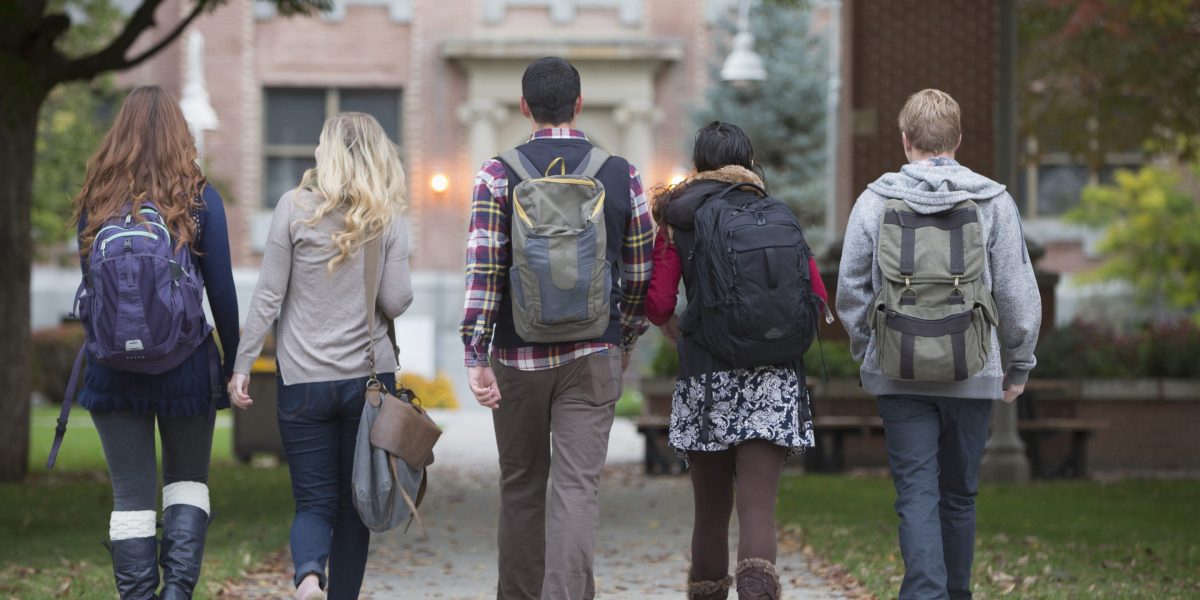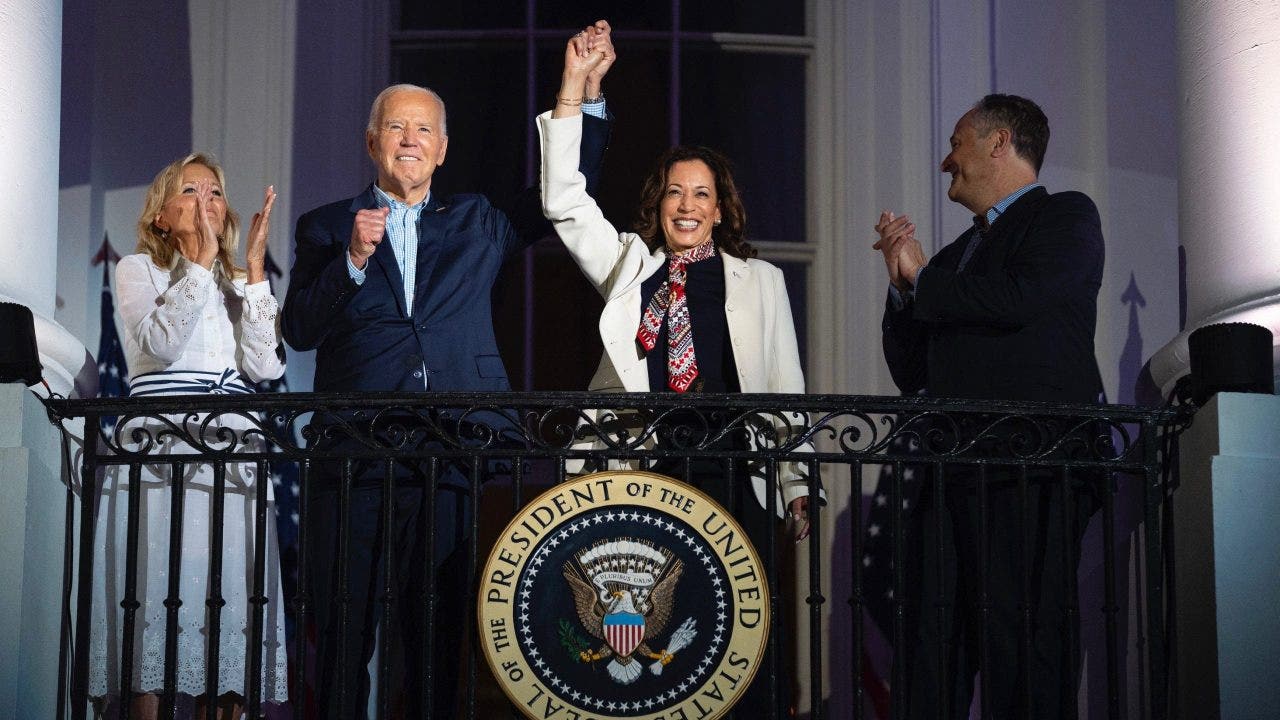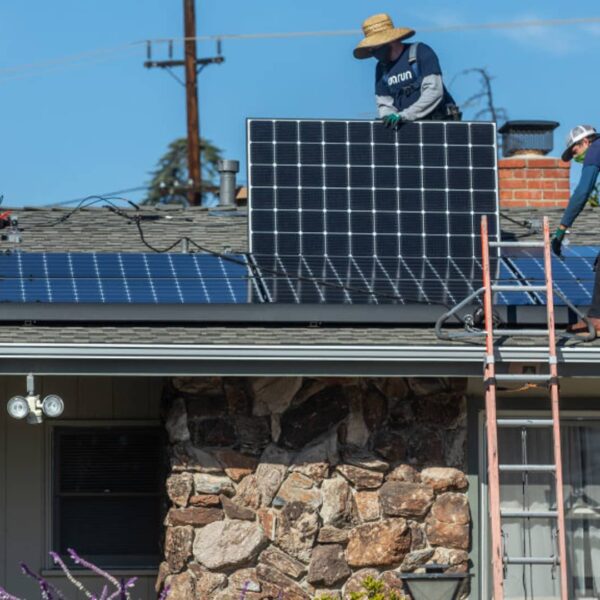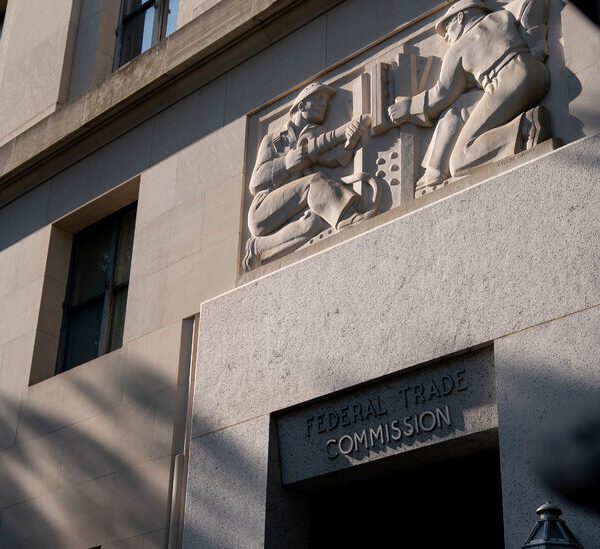

While Americans are already burdened with massive student loan debts that will take decades to pay off as the cost of education continues to grow, schools have been hiking tuition.
But a report Tuesday from Fitch Ratings said recent increases at private colleges and universities still weren’t enough to keep pace with rising expenses.
Last fiscal year, the median adjusted operating margin fell to its lowest point in over a decade, according to the ratings agency. That’s even as schools’ investment levels and support from their endowments was relatively steady. And the outlook doesn’t appear any better.
“Looking ahead, additional operating pressure is expected through with many institutions grappling with elevated costs and a fractured enrollment environment,” Emily Wadhwani, senior director at Fitch, said in a statement.
Cash flow will likely face more pressure, especially as problems with the FAFSA student aid process earlier this year add to concerns about fall enrollment, she said.
After two years of declines, fiscal 2023 saw an improvement in net tuition and fee revenue, according to the report. But the median hike was still well below pre-pandemic levels and not enough to offset inflation.
As a result, Fitch-adjusted operating margins fell in all rating categories to a median of negative 1.7% across the portfolio of schools. That also reflects the first full year since fiscal 2019 with little to no federal institutional aid.
There’s also a big divide among private schools, the report said. Those with the highest debt ratings—in the AAA and AA categories—saw an increase in student fees as a percentage of total revenues, but lower-rated schools did not.
So while margins at AAA and AA colleges dipped, they remained healthy and were even higher than in any of the three years preceding the pandemic, Fitch noted. For schools with lower ratings, however, the reverse was true.
“Sector bifurcation will continue to widen the credit gap between larger, more selective institutions versus their smaller, less selective and more tuition-dependent counterparts,” the report said.
In other words, elite schools that boast big endowments and wealthy donors are less vulnerable than the other schools that rely more on tuition revenue and suffer from more volatile enrollment.
The report comes weeks after the abrupt closure of the University of the Arts in Philadelphia amid plunging enrollment and “significant, unanticipated expenses.”
In fact, private colleges have been closing at a rate of about two per month, according to the State Higher Education Executive Officers Association.
That’s as the total number of U.S. college students had been decreasing for years, even before the pandemic sparked a sharp drop in enrollment.
Public colleges and universities are under similar pressures, as the number of students enrolled in those schools plunged to 10.2 million in 2023, down 12% from a 2011 peak.
As a result, tuition and fee revenue net of financial aid fell 3.3% in 2023 to an average of $7,353 per full-time student, according to a report from the State Higher Education Executive Officers’ Association, marking the largest decline going back to 1980.















